“Úgy gondoljuk, hogy elérése faji igazságosság megköveteli, hogy mindannyian megértsük a rasszizmus és az, hogy ez a legjobb módja a zsigeri élmények helyett a szellemi gyakorlatokat.” – DR. Courtney Cogburn
Mivel az 1990-es évek, Virtuális valóság projekteket célzó ápolása empátia az emberek súlyos egészségügyi problémákkal. A közelmúltban, A Stanford Egyetem végzett magával ragadó technológiával tanulmány felfedezték, hogy az emberek átesett VR élmény, amely lehetővé tette számukra, hogy megtapasztalják, milyen érzés lenne elveszíteni állásukat, és otthonokban empatikus hajléktalanokkal szembeni, míg a szerzés ez időn át más média (például könyvek, TV-műsorok vagy a hagyományos filmek). Az egyik vizsgálatban, 85% A VR résztvevők aláírtak egy petíciót, hogy a hajléktalan emberek a összehasonlítva 63 százaléka, akik olvassák a narratív. Teljes, A kísérletben részt vevő szignifikánsan nagyobb valószínűséggel lehet szimpatikus, hogy a sorsát a hajléktalan emberek.
1,000 Vágott Journey kapott világpremierje a Tribeca Filmfesztiválon, mint a VR projekt, amely kiemeli a társadalmi valóságot a rasszizmus. Ebben a projektben VR, a néző válik Michael Sterling, egy fekete ember, találkozás a rasszizmus, mint egy kisgyermek, serdülő, és a fiatal felnőtt. “We believe that achieving racial justice requires that we all understand racism and that this is best done through visceral experiences rather than intellectual exercises,” says Columbia University’s Courtney Cogburn who collaborated with the Virtual Human Interaction Lab at Stanford University on the project.
A Global Search for Education üdvözli, hogy a film társproducer, Jeremy Bailenson, to discuss the impact of using immersive technologies to connect human beings to social issues such as racism, with the ultimate goal of promoting enduring social empathy and action.
“In creating virtual experiences we can increase empathy for others, encourage helping behaviors, improve communication strategies, and enhance education.” – Jeremy Bailenson
Jeremy what was your inspiration for 1000 Vágott Journey
1000 Vágott Journey was created as a collaboration between the Virtual Human Interaction Lab at Stanford University and the Cogburn Research Group at Columbia University, headed by Dr. Courtney Cogburn. Courtney studies racism and evaluates its effects on mental and physical health. Our lab has done a lot of research on perspective-taking and empathy in virtual reality. Virtual reality can create visceral experiences because it is a unique medium that allows you to embody someone different from yourself, and experience an event from their perspective.
In what ways do you believe a VR Story can add to our understanding of the social realities of racism?
Our lab has done a lot of research on perspective-taking and empathy in virtual reality. In creating virtual experiences, we can increase empathy for others, encourage helping behaviors, improve communication strategies, and enhance education. We feel that these types of experiences are important to focus on as VR permeates society. Never before in history could we allow anyone to instantly step into the shoes of someone else. When you experience something as someone else, például, experience discrimination because of your race firsthand, it can leave a powerful impression and perhaps encourage awareness and change.
“The most important factor in creating a convincing VR experience is in tracking the user’s movements accurately and quickly rendering the scene to update based on those movements.” – Jeremy Bailenson
What have you found so far in examining the effects of this immersive virtual experience on changes in psychological processes such as empathy?
We have conducted several research studies that have shown that VR can increase empathy and pro-social behavior. In a study where participants either became colorblind in VR or simply imagined that they were colorblind, those who experienced the actual visual impairment in VR were likely to spend more time helping someone with the same disability after the study. In another study, we found that having someone become a superhero made them more helpful in a real-life situation following the study. These results show that an immersive experience, where you actually feel as though you are in the body of someone else, or feel as if you’ve taken on a new ability, can especially impact your thoughts and behaviors in the real world.
According to your study so far, what qualities are needed to make up an ideal virtual experience? What do we know about “how immersive is enough” for a virtual classroom?
The most important factor in creating a convincing VR experience is in tracking the user’s movements accurately and quickly rendering the scene to update based on those movements. Jó nyomon követése és megjelenítési képességű felülmúlják más tényezők, például grafikai minőségét vagy fotó-realizmus szempontjából érzés elmerül a környezet. Úgy találtuk, hogy meggyőző nyomkövető rendszerek, az emberek reagálnak a VR, mintha ez az igazi, még meglehetősen kezdetleges grafikával.
Milyen új szociális kérdések és a fontos kérdések merültek fel a használata magával ragadó VR kommunikációs rendszerek? Hogyan látja ezt fejlődik a jövőben?
There’s a long line of research about social presence in VR that suggests that we tend to treat digital representations more or less as we would real people. Valójában, even the mere belief that you are interacting with a real-time representation of another human makes you behave differently than you would if you were interacting with a computer algorithm. There are certainly still differences between interacting in VR and interacting face-to-face. Azonban, if we do succeed in creating a social experience in VR that feels like it does in real life, it could have an enormous impact on the world. Például, if you could have a meeting in VR that felt real, then you could cut down on the amount of time spent traveling in a car, plane, stb, significantly.
For More information on Jeremy Bailenson.
C. M. Rubin and Jeremy Bailenson
Köszönjük, hogy a 800 plusz globális közreműködők, tanárok, vállalkozók, kutatók, üzleti vezetők, diákok és szellemi vezetők minden domaint megosztja perspektívák a jövőben a tanulás A Global Search for Education minden hónapban.
C. M. Rubin (Cathy) az alapító CMRubinWorld, egy online kiadása társaság középpontjában a jövőben a globális tanulás és a társ-alapítója Planet Classroom. Ő a szerzője három bestseller könyvet és két széles körben olvasott internetes sorozat. Rubin kapott 3 Upton Sinclair Awards „The Global Search for Education”. A sorozat, amely támogatja az összes tanuló indult 2010 és összehozza előkelő szellemi vezetők a világ minden tájáról, hogy vizsgálja meg a legfontosabb az oktatás problémáira nemzetek.
Kövesse C. M. Rubin on Twitter: www.twitter.com/@cmrubinworld

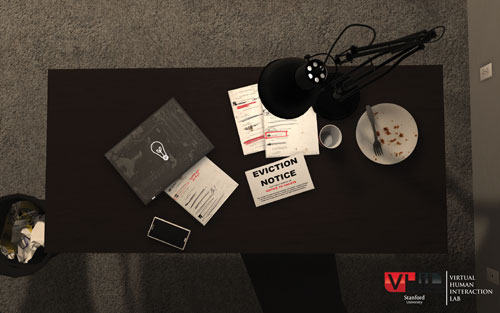

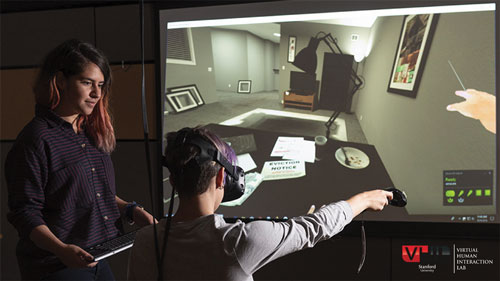
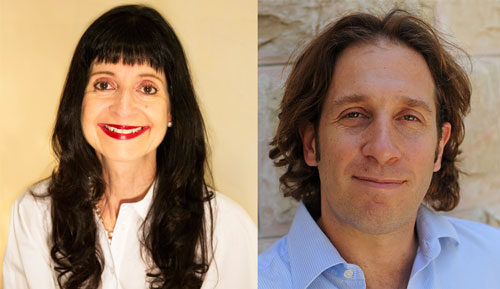
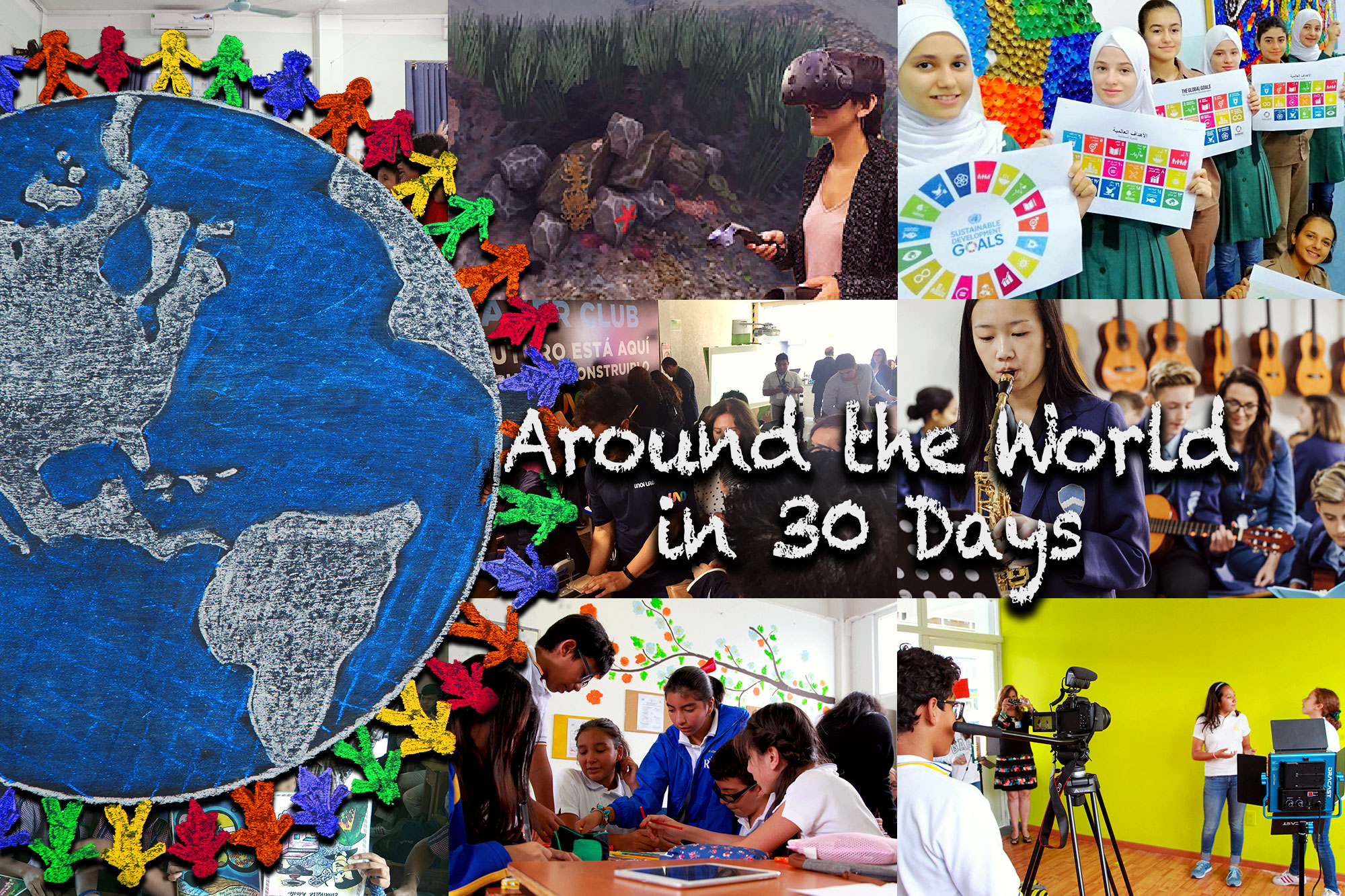
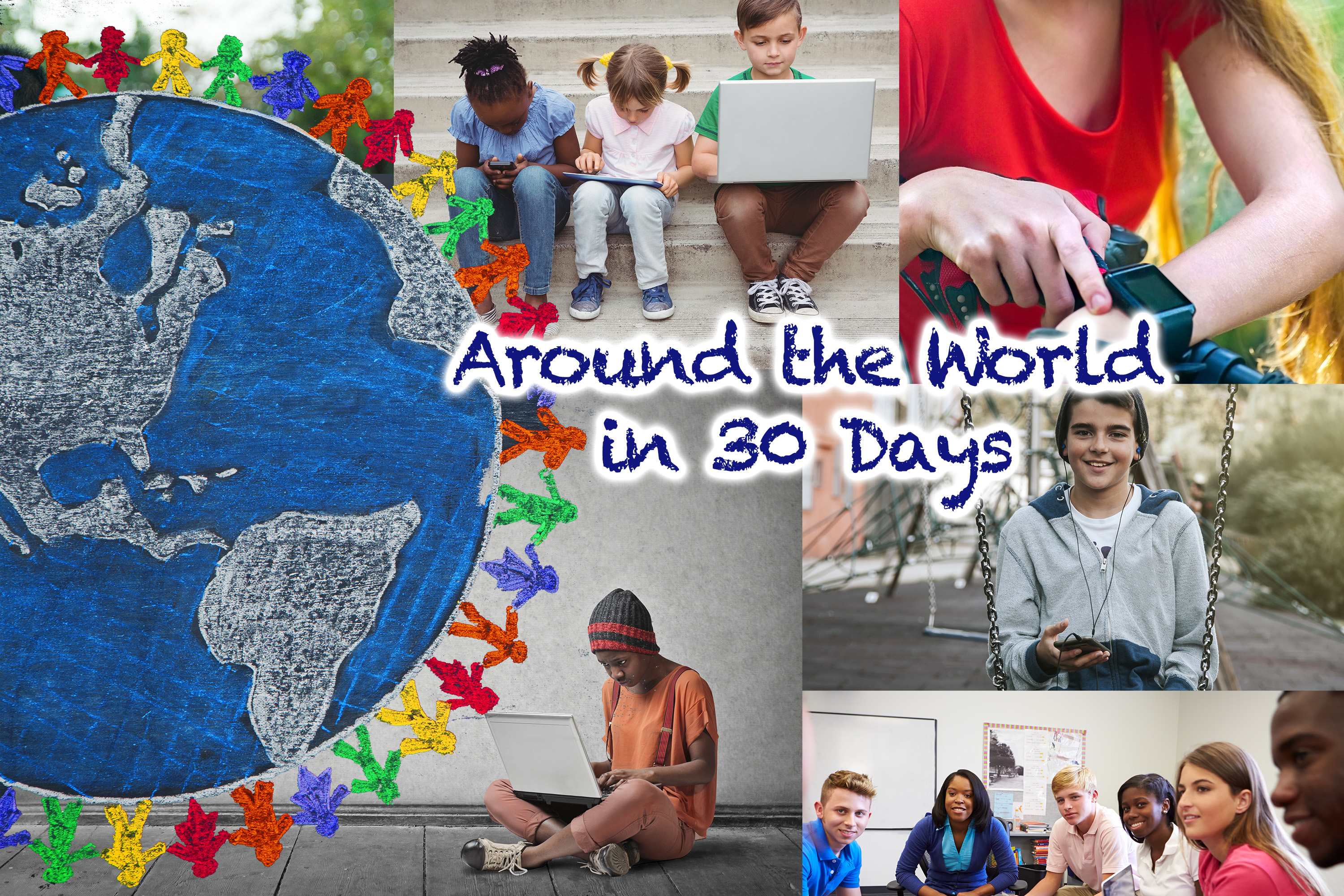
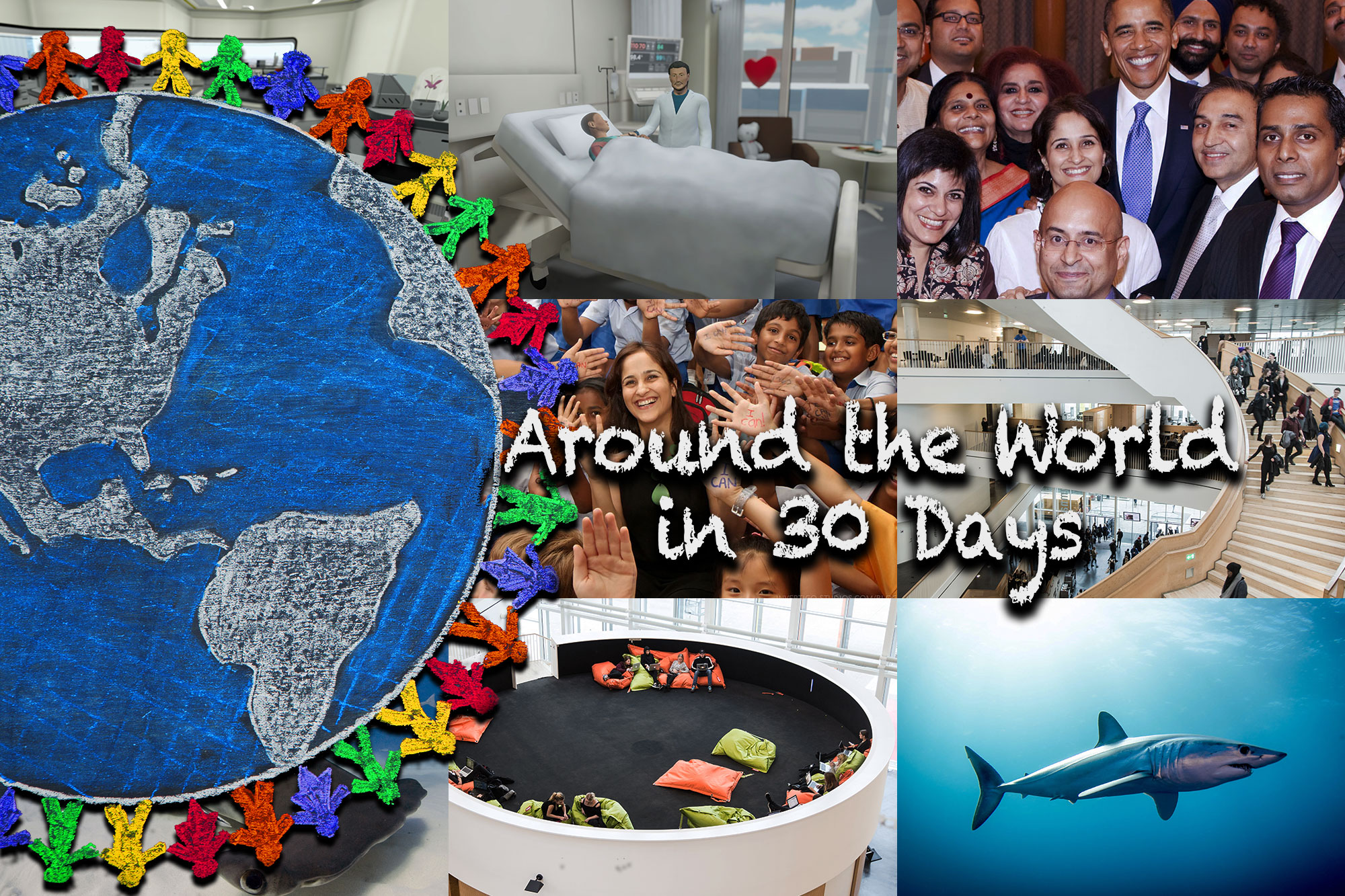
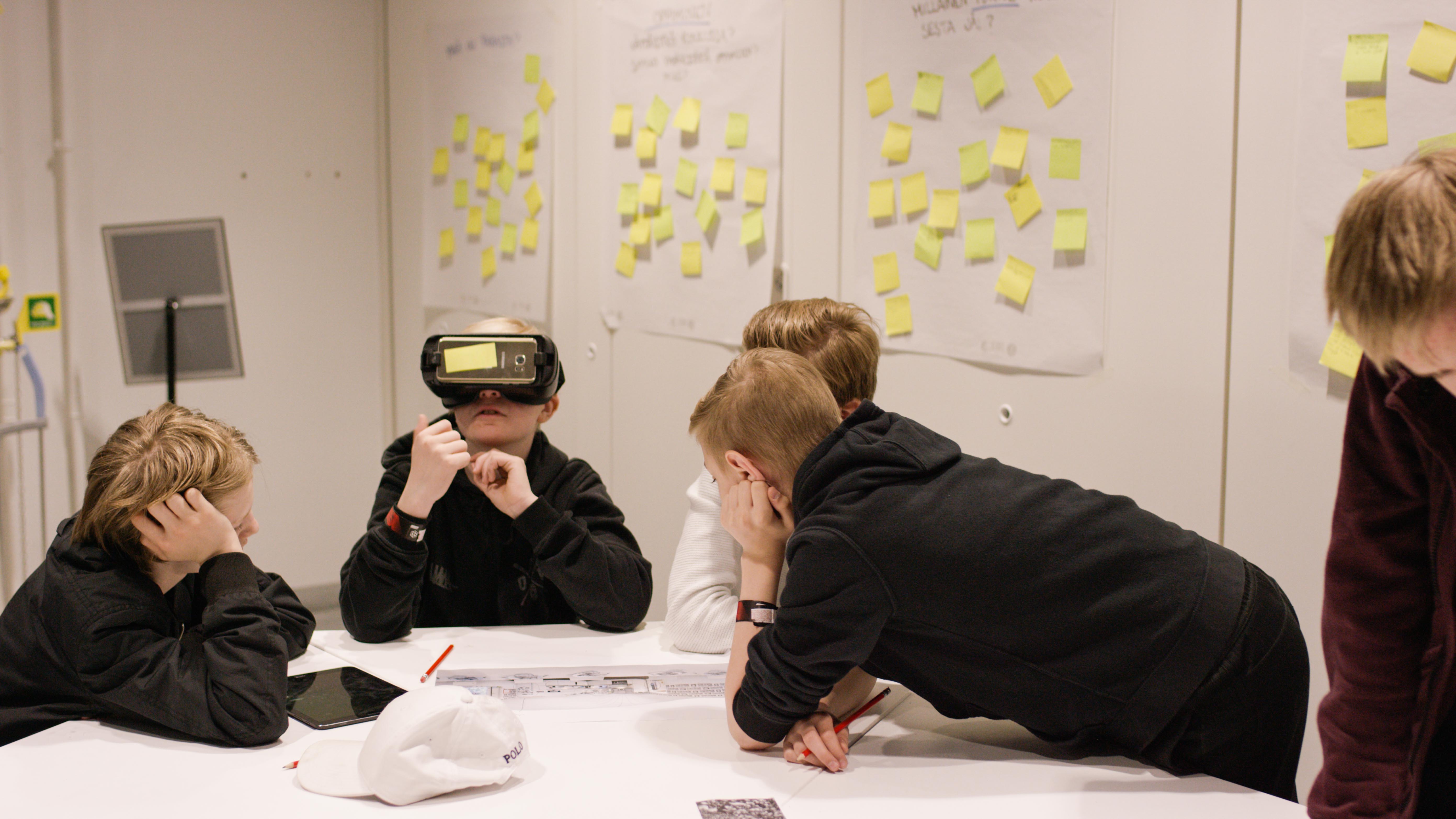
Legutóbbi hozzászólások